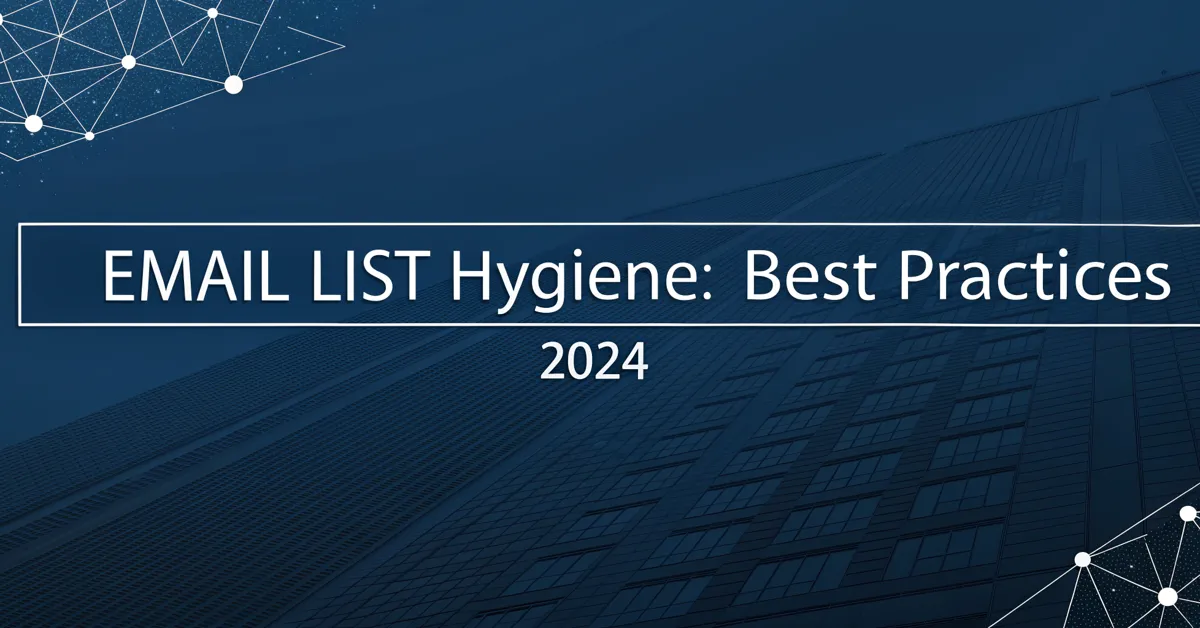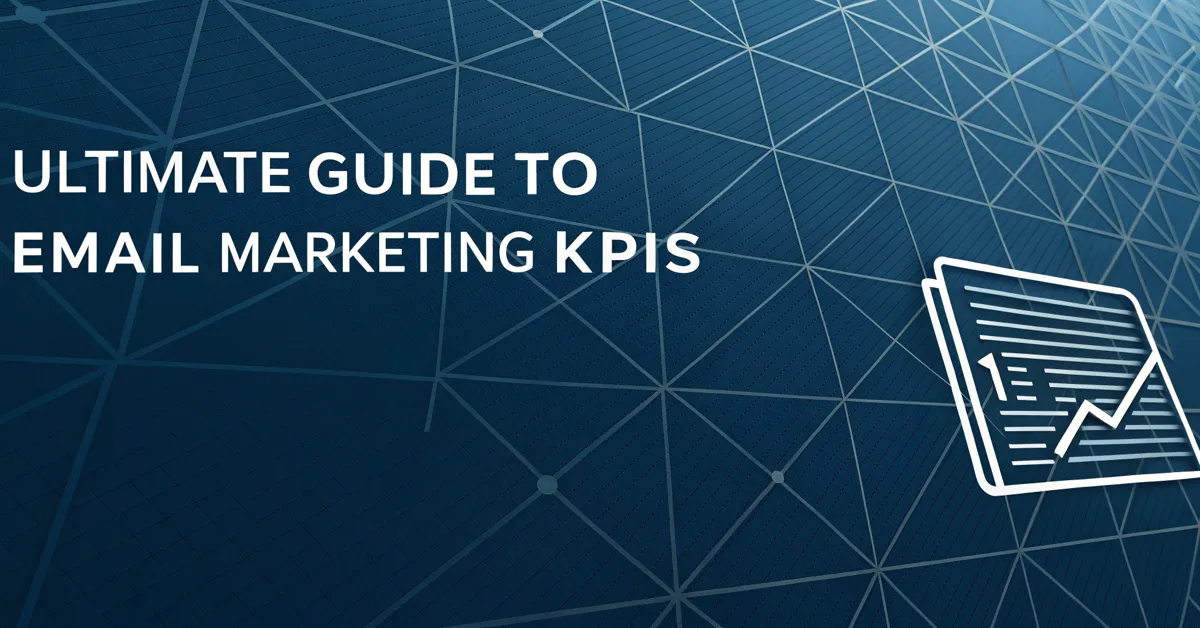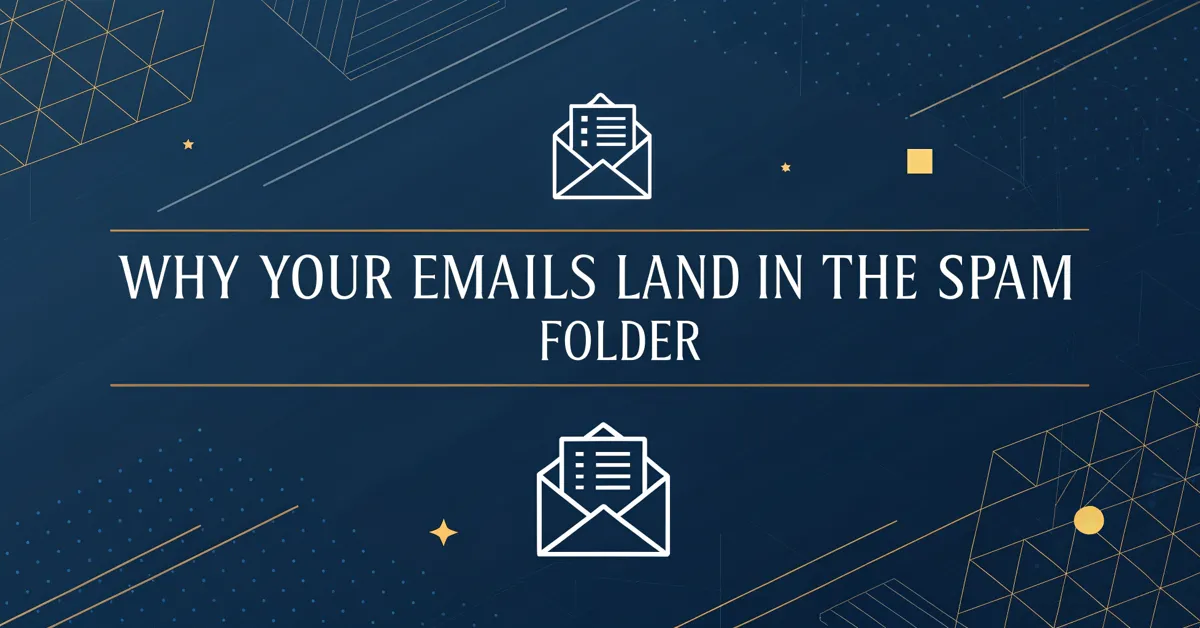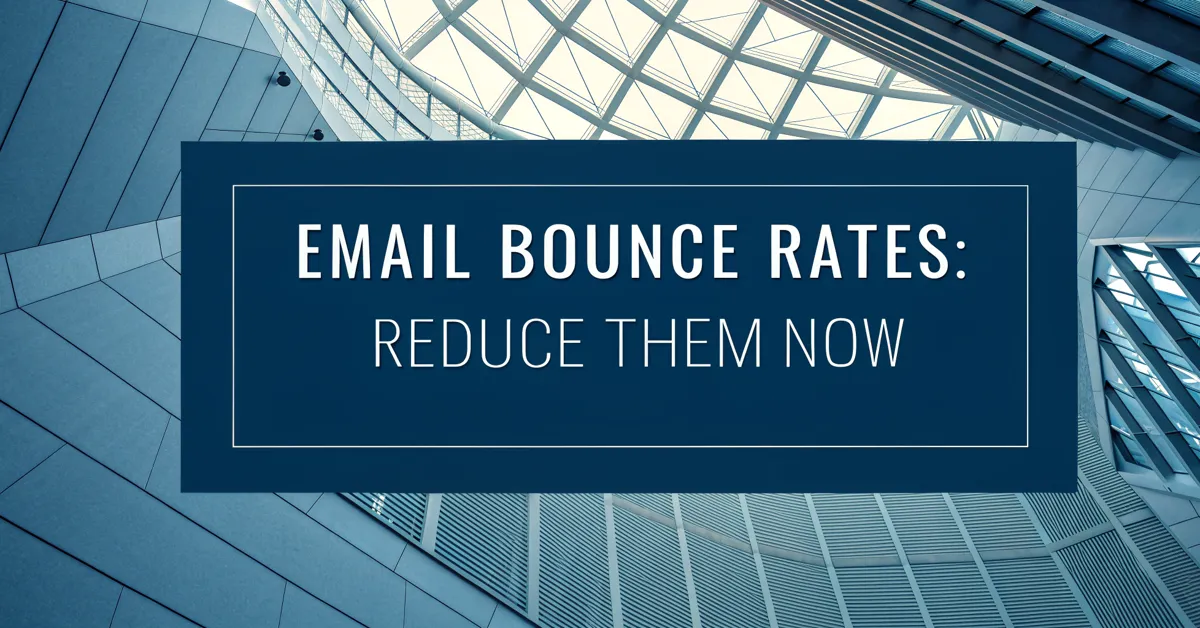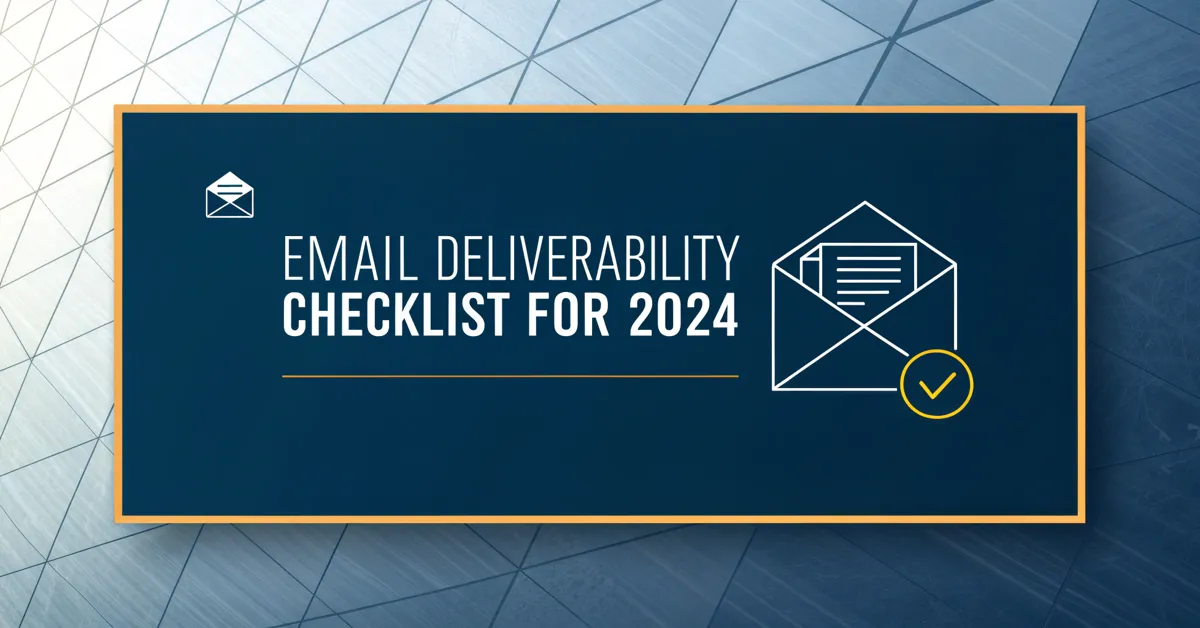Is your email list more of a liability than an asset? If your open rates are dropping, your messages are landing in spam, and your engagement is in the dumps, then it might be time for some serious email list hygiene. Many email marketers spend most of their time building their lists, but they sometimes forget that keeping that list clean is just as important as growing it.
Maintaining a healthy email list is not just about getting better metrics or avoiding spam complaints; it’s also about making sure that you’re talking to real people who actually want to hear from you. In this article, we’ll dig deep into email list hygiene, covering all of the best practices you need to know to keep your list in great shape for 2024 and beyond. You’ll learn why it’s so vital, how it can boost your results, and what steps you need to take to make sure your email marketing efforts pay off.
Why Email List Hygiene Matters
Your email list is the core of your email marketing strategy. It’s the direct line of contact you have with your audience. But like any form of contact, it needs to be maintained. When it isn’t, problems arise, and they hurt your business. Let’s take a look at the core reasons why you can’t overlook proper list hygiene:
Better Deliverability Rates
When your email list has a high number of inactive or invalid email addresses, this hurts your sender reputation. Email providers like Gmail, Yahoo, and others use your sender reputation to decide whether to send your emails to the inbox, spam folder, or block them altogether. A clean list shows that you are a good sender who cares about the quality of your email program.
Higher Engagement
When you’re sending emails to people who actually want them, you’ll see better engagement rates. Those who are opening your emails, clicking the links, and taking action on your calls to action are the exact people you should be focusing on. They show they are interested in what you have to say. A clean list helps you focus your effort on those who are truly engaged with your brand.
Lower Spam Complaints
Sending emails to uninterested subscribers is not only a waste of time, but also risks spam complaints. When you send emails to recipients who didn’t ask to get them or who have lost interest in your offerings, they might mark you as spam. That can greatly hurt your sender reputation and your deliverability as a result. Proper email list hygiene will remove those who are likely to mark you as spam, lowering the risk for this to happen.
Lower Costs
Many email marketing platforms charge based on the number of subscribers. Keeping inactive subscribers on your list will inflate your costs without boosting your results. Removing those who don’t engage with your emails can greatly lower your costs and make your email program more efficient. It’s a simple cost-saving measure that pays for itself.
Accurate Analytics
If you’re seeing poor metrics due to your email list, you might make incorrect marketing decisions. Clean lists give you an accurate picture of how your email campaigns are working. You’ll know if people are opening, clicking, and acting on your content. This helps you make more informed decisions and improve your marketing strategy.
Compliance With Regulations
Email laws such as GDPR, CAN-SPAM, and others require you to only send emails to those who have given you clear consent. If you don’t clean your list, you risk sending emails to people who never asked for them, or who have asked to be removed from your lists, risking legal issues and hefty fines.
Core Email List Hygiene Practices
Now that you know why list hygiene is so important, let’s go over all of the best practices you need to keep your email list healthy and in great shape:
Double Opt-In Method
The double opt-in method is when people must confirm their email address after they initially sign up to your list. This usually is done with a confirmation email that asks them to click a link to verify they want to subscribe. This method is essential as it:
- Guarantees genuine subscribers: This makes sure that the email addresses on your list are correct and that the people behind them really want to hear from you.
- Prevents fake or typo emails: It prevents fake email addresses or accidental sign-ups, which helps to keep your list clean right from the start.
- Meets legal requirements: It helps make sure you meet the legal requirements of email marketing laws, like GDPR and CAN-SPAM.
Welcome Series
A welcome series is an automated set of emails that are sent out when someone first joins your email list. These emails can do a few things that are beneficial to your program:
- Set expectations: Let your new subscribers know what kind of content to expect and how often you’ll send them emails.
- Encourage early engagement: Welcome emails are usually opened more often than regular marketing emails. This is a great chance to encourage new subscribers to start clicking links, and showing that they are active.
- Verify active subscribers: Make sure your subscribers are active and want to be on your list, as welcome emails serve as a kind of “activation” process. Those who don’t interact, can be taken off your list right from the start.
Regular List Scrubbing
Regular list scrubbing is the process of removing inactive email addresses from your list. This is very important as it:
- Removes non-responders: If you take out those who haven’t opened or clicked on your emails over a long period of time, you can see a big jump in your engagement.
- Lowers bounce rates: This gets rid of email addresses that bounce so you can improve your deliverability.
- Keeps costs low: Removing inactive subscribers will greatly reduce your expenses, as many email marketing platforms charge by the number of subscribers.
Segmentation
Segmentation is when you divide your email list into smaller groups based on shared characteristics. This allows you to send more specific emails to each subgroup which:
- Boosts engagement: People are more likely to engage with emails that are related to their needs.
- Increases conversions: When you are sending specific emails, people are more likely to act on your calls to action.
- Boosts relevance: This allows you to send specific emails to those interested in certain topics, making your messages very useful to them.
Preference Center
A preference center is a place where your subscribers can control what type of emails they receive from you. It’s important to offer one as it:
- Empowers subscribers: This gives your subscribers the ability to manage their subscriptions.
- Reduces unsubscribes: By giving subscribers more options besides unsubscribing altogether, they are more likely to stay on your list.
- Boosts segmentation: You can get very detailed information from those who change their preferences. This helps you better segment your list.
Unsubscribe Process
Make unsubscribing easy for your audience. When unsubscribing is easy:
- Complies with laws: Email laws, like CAN-SPAM, require an easy unsubscribe option.
- Lowers spam complaints: When it’s easy to unsubscribe, people are less likely to mark you as spam.
- Builds Trust: Being clear about how someone can opt out will improve your standing with your subscribers.
Monitor Bounce Rates
Bounce rates are the percentage of emails that don’t get delivered. It’s important to keep an eye on them to:
- Spot bad email addresses: Hard bounces (permanent failures) means a bad email address. You must remove it from your list to improve your sender reputation.
- Identify delivery problems: High bounce rates, even soft bounces (temporary issues), can point to wider problems that may hurt your program.
- Maintain sender reputation: When you lower the number of bounces, you show email providers you care about email quality and your deliverability rates improve.
Handle Inactive Subscribers
Handling inactive subscribers requires a well-thought-out plan. It’s a very important process because:
- Improves engagement rates: Removing inactive users will boost your engagement stats.
- Reduces costs: When you get rid of subscribers that never engage with you, you will cut down on your expenses.
- Improves list health: This will ensure you have a list that is filled with active users.
Re-Engagement Campaigns
Before you take inactive subscribers off your lists completely, start a re-engagement campaign. It can:
- Recover lost subscribers: You might be able to bring back those who lost interest with a very well-thought-out campaign.
- Identify active users: This will help you tell who still wants to hear from you, so you can keep them and remove the rest.
- Boost engagement: This will give your subscribers a good reason to start interacting with your emails once again.
Email Validation Services
Use an email validation service. It will:
- Verify email addresses: It will check your email addresses before you send out any emails, which means you’re sure they exist and can receive emails.
- Prevents bounces: Catching bad email addresses ahead of time will improve your sender reputation.
- Improve email deliverability: When you have valid email addresses, you are more likely to reach your subscribers’ inbox.
Data Hygiene Practices
Have a system to clean your data. You should:
- Standardize data: Always use the same format for the data you collect. This will help you avoid duplicates and errors.
- Regular data audits: It’s best to review and clean your data regularly. That way, you’ll be sure it’s always accurate.
- Update your data: Always make sure you’re updating the data on your list. People can change their email addresses.
Consistent Communication
Consistent communication means sticking to a regular email schedule. This:
- Keeps subscribers engaged: Regular emails keep subscribers engaged with your brand.
- Sets expectations: When you send emails at a set time, your subscribers know when to expect your messages.
- Improves metrics: Consistent emailing will greatly improve your email marketing statistics.
User Behavior Analysis
Keep track of user behavior. By paying attention to your audience:
- You’ll find out what works: You can see which emails they open, what links they click, and what topics they like best.
- Improves targeting: When you know your audience well, you’ll send more relevant emails to them.
- Increase effectiveness: When you analyze all of the data about your users, you can make your email marketing program more effective.
Feedback Loops
Use feedback loops. These can:
- Alert you to issues: When you keep an eye on feedback, you will be notified when subscribers are marking you as spam.
- Improve sender reputation: Addressing any problems with the feedback loops can greatly boost your sender reputation and deliverability.
- Shows that you care: It shows that you care about your subscribers experience when you are quick to respond to their problems.
Step-by-Step Guide to Cleaning Your Email List
Now that you know the core methods of email list hygiene, let’s take a look at how to put these into action, step by step:
1. Audit Your Current List: To get started, you need to review your current list.
* Check Subscriber Data: Look for any incomplete email addresses or formatting errors, like spaces and characters that might not belong.
* Analyze Engagement Metrics: Check your open rates, click-through rates, and bounce rates to find out how active your subscribers are.
* Identify Inactive Subscribers: Find out who hasn’t engaged with your emails in the past three to six months.
2. Set up a Double Opt-In Process: When you start making changes to your list, it’s time to also implement a double opt-in method.
* Enable Double Opt-In: Set this up on your email marketing platform.
* Create a Confirmation Email: Design a confirmation email that’s inviting and clear. This email must have a link people can click to confirm they want to be added to your list.
3. Create a Welcome Series: A welcome series will engage your new subscribers from the beginning, so be sure to implement it.
* Design a Series of Emails: Make a welcome series with a few emails to introduce your brand and set the tone for future emails.
* Include an Engagement Call to Action: Make sure to have a link that encourages your subscribers to click on something and show their engagement.
* Monitor Engagement: Keep an eye on who engages with your welcome emails. Take off those that do not show any engagement right away.
4. Implement Regular List Scrubbing: Regular list scrubbing is a must for any list, no matter its size.
* Set a Schedule: Choose a set time to regularly clean your list, such as every month or quarter.
* Use Data to Find Inactive Users: Take off any subscribers who have not interacted with your emails over a set time.
* Monitor Bounce Rates: Keep track of hard and soft bounces, and make sure to remove all those who hard bounce.
* Automate the process: Make sure to set up your system to automate this, to make things easier.
5. Start Using Segmentation: Segmenting will greatly improve how you communicate with your subscribers.
* Collect Subscriber Data: Use your signup forms, or preference center to find out more about your audience.
* Make Specific Segments: Use all the data you have to create targeted lists that match specific categories of subscribers.
* Send Targeted Content: Make sure you’re sending the appropriate emails that are relevant to each segment.
6. Implement a Preference Center: A preference center is key to keeping people in your list.
* Set Up a Preference Center: Make a preference center on your website, or use one offered by your email marketing platform.
* Provide Multiple Options: Make sure your subscribers can choose what types of content to receive and how often.
* Make it Easy to Change: Make sure it’s simple for your subscribers to go into the preference center and make changes to their options.
7. Make Unsubscribing Easy: You want your subscribers to feel like they have a choice to leave your list if they want to.
* Include Unsubscribe Links: Have an unsubscribe link in every email you send.
* Ensure a Single-Click Process: Make the process as easy as one click to unsubscribe.
* Honor Unsubscribe Requests: Make sure to remove subscribers fast when they request to be removed from your list.
8. Monitor Bounce Rates: Bounce rates will greatly hurt your deliverability, so you need to keep an eye on them.
* Track Bounce Metrics: Look at the hard and soft bounce metrics on your email marketing platform.
* Remove Hard Bounces Immediately: If a hard bounce happens, remove that address from your list immediately.
* Address Soft Bounces: If your soft bounce rates are too high, you must investigate what’s going on and fix the issues to ensure higher deliverability.
9. Manage Inactive Subscribers: You must handle your inactive subscribers, and decide what to do with them.
* Define Inactivity: Decide what you consider to be an inactive subscriber, such as no engagement in three to six months.
* Create an Inactive Subscriber Segment: Make a segment of those who fit that criteria.
* Start Re-Engagement Campaigns: Start a re-engagement campaign to bring back inactive users.
* Remove Inactive Subscribers: After your re-engagement campaign, you must remove those who didn’t engage with it.
10. Run Re-Engagement Campaigns: Re-engagement campaigns are your last chance to connect with people that have become inactive.
* Make a Re-Engagement Series: Make a series of emails that offer some special value to your subscribers.
* Use Incentives: Offer coupons, special content, or other special perks to re-engage with subscribers.
* Monitor Results: Check what kind of responses you get and remove those that are still not engaging.
11. Implement an Email Validation System: An email validation system will help you keep your list in better shape.
* Choose an Email Validation Tool: Use a reliable email validation tool that matches your needs.
* Validate New Subscribers: As new subscribers sign up, make sure to validate them.
* Validate Existing Lists: Validate your current subscribers.
* Integrate the Tool: Integrate the email validation tool with your email system.
12. Standardize Data Collection: Always standardize how you collect data.
* Use Consistent Formats: Always use consistent formats for the data you collect.
* Avoid Redundant Fields: Avoid using extra fields that create similar data.
* Regular Data Review: Review the data periodically to make sure the data collection process is working well.
13. Set a Consistent Communication Schedule: Set a consistent communication schedule.
* Plan Email Frequency: Decide how often you’ll send emails to your list.
* Schedule Emails: Schedule your emails to be sent at the best days and times.
* Track Engagement: Monitor the engagement of your emails over time, making changes when necessary.
14. Use User Behavior Analysis: User behavior analysis is key to optimizing your email program.
* Track User Interactions: Pay attention to who is opening, clicking and engaging with your emails.
* Analyze Behavior Data: Use that data to understand what is working well, and what needs to improve.
* Personalize Content: Personalize your emails using all the data you collect.
15. Implement Feedback Loops: Always have a feedback loop to handle any complaints and feedback.
* Monitor Feedback Loops: Set up feedback loops with your email provider.
* Address Issues Quickly: When you get feedback that shows a subscriber marked you as spam, make sure to address this immediately.
* Refine Your Processes: Refine your email processes, based on the feedback you receive.
Tools To Help Your Email List Hygiene
Managing your list doesn’t have to be a manual nightmare. Here are some of the many tools available that can help to automate and improve your email list hygiene:
- Email Marketing Platforms:
- Mailchimp: This popular platform has built-in tools for list cleaning, segmentation, and automation.
- Constant Contact: Known for its ease of use, it provides tools for list management, segmentation, and preference centers.
- ActiveCampaign: Powerful marketing automation platform that comes with robust tools for managing and cleaning your email list.
- Email Validation Tools:
- ZeroBounce: Well-known for its email validation and verification services, it offers real-time verification, and spam trap detection.
- NeverBounce: It also provides bulk email verification, and it is known for its high level of accuracy.
- Kickbox: This has a lot of tools, such as real-time email verification, list cleaning, and bounce rate reduction.
- CRM Tools:
- HubSpot: This all-in-one CRM helps to manage subscriber data, track engagement, and segment email lists.
- Salesforce Sales Cloud: This CRM offers detailed data management and segmentation for better list hygiene.
- Data Management Tools:
- Segment: This is a customer data platform that can help standardize and clean data from multiple sources.
- Clearbit: Clearbit enriches data with more insights to help with list segmentation and hygiene.
- Analytics Tools:
- Google Analytics: Track website engagement and conversions from email marketing efforts.
- Email Platform Analytics: Most email platforms have their own built-in analytics dashboards for tracking engagement, bounce rates, and unsubscribes.
Email List Hygiene: Keeping Your List In Great Shape
Having a clean email list is the foundation of a successful email marketing program. It is a must for great deliverability, engagement, and business outcomes. By using all the methods covered in this article, and the tools and best practices, you can greatly improve your email program and ensure you are talking to people who really want to hear from you, which will provide a large return on your investment. So, what are you waiting for? Put the tips above to use today, so you can build an email program that will thrive in 2024, and for many years to come.
